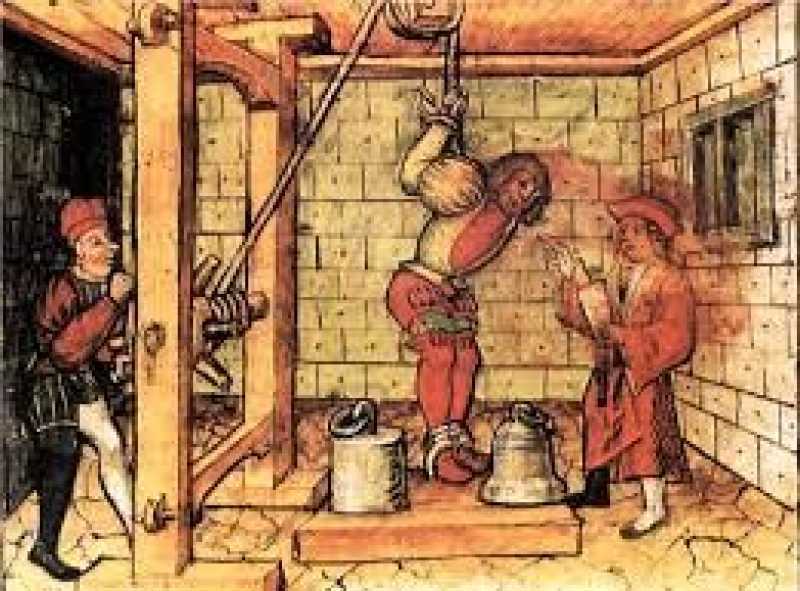The Evolution of Evidence Law

The overall historical background of evidence law and its major development. Both in ancient Europe and Ethiopia.
The word evidence comes from a Latin term “evidentia” which means to show clearly, to make clear, to sight, to discover, to ascertain or to prove. It is something which serves to demonstrate or refute the presence or non-existence of an affirmed truth. The law of evidence is an important aspect of any court case, as it is used to determine the guilty or innocence of the accused. Law of evidence is not a recent development. Traced back to a time when people started to settle dispute before third party. Throughout history, different methods have been used to determine truth. Some of these methods are shocking while others are sort of funny and hard to believe.
Trial by ordeal (Suffering test) is a primitive form of evidence gathering that dates back to the middle Ages. It is an ancient judicial practice by which the guilt or innocence of the accused was determined by subjecting them to a painful, or at least an unpleasant, usually dangerous experience. In medieval Europe, trial by ordeal was sometimes considered a "judgment of God" based on the premise that God would help the innocent by performing a miracle on their behalf. As we go back in history, the influence of religion is so strong that it is hardly possible to exclude religious notions. The most common trial by ordeal was the ‘Trial by fire’ in which the accused walk a certain distance over hot metal or holding red-hot iron. Then the wound will be bandaged and re-examined three days later by a priest. If it is not seriously infected and cures normally he is regarded as innocent, whereas if the wound gets infection it was believed that he is the guilty one who commits or omits that certain act. It was criticized for being inhuman and irrational.
There were also other traditional methods used to gather evidences like proof by fighting were both the accused and the victims required to fight in order to make the winner acquitted and to convict the loser. Keep in mind, maybe they are brought before the court by fighting to each other or by doing harm to one another. So by making them fight again in order to identify the guilty and innocent one and trying to solve the case based on their performance during the fight; how much will this evidence going to weight or how much will it be reliable? I left this question to be answered by you. Another ways of gathering evidences include proof by oath and proof by forcing to swallow dry bread are also among the common ones.
In ancient Ethiopia “Laeba shai” method was applied to solicit admission from a suspect in the time when it becomes difficult to get witnesses. In this method of proof, a person was made to drink some herbal solution that would intoxicate him and he was left to run amuck and whoever is implicated by this person would be considered as the criminal.
Later, this “Leba shai” system replaced by the institution called “Afersata” or “Awchachign”. This method involves the participation of the whole community. This seems that since the crime is against the community themselves, the member of the society may detect the crime and the criminal in secret manner, for instance by indicating the name of the criminal through poem.
However, these ancient ways of gathering evidence is replaced by new and modern concepts due to the writings of different scholars, judicial decisions and the enactment of various laws. The overall development of evidence has come a long way since the days of trial by ordeal. Today we have access to more reliable forms of evidence gathering such as real evidences, documentary evidences, DNA testing and CCTV surveillances. This has allowed for more accurate and conclusive results in court cases. But the most important question here is what kind of evidence will be used 50 years later from today?
